Advertising Portfolio School or Masters. The Pros and Cons.
Advertising Portfolio School or Masters? Ask a hundred creatives this question and you’ll get a hundred different answers. It can be an incredibly confusing time for you. Both are expensive options, and both have their benefits.
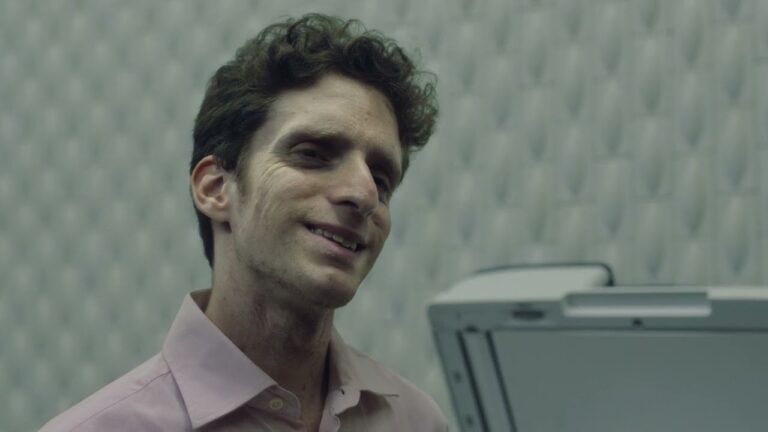
Table of Contents
Why become an ad creative anyway?
Well, because it’s cool fun, for one.
Working as an advertising creative can be one of the most rewarding careers there is. You work on a variety of challenging and intriguing projects day in and day out. There is the opportunity to travel the world on film shoots, or to work internationally at brilliant agencies. But getting that first job is super competitive.
That’s why it can be difficult to work at a top creative agency without some type of ad school to supplement your undergraduate degree. Because without a great portfolio of filled with a variety of projects in different media for different products, you won’t even be invited to interview for a position.
If you put in the work, you can get a great portfolio at a masters program, portfolio school, or even a night program (if time and money are an issue). Some people are better suited to Portfolio School, and some suit a Masters Program more. So let’s explore which path might best help you become a Creative Superstar just like Dick in the video below.
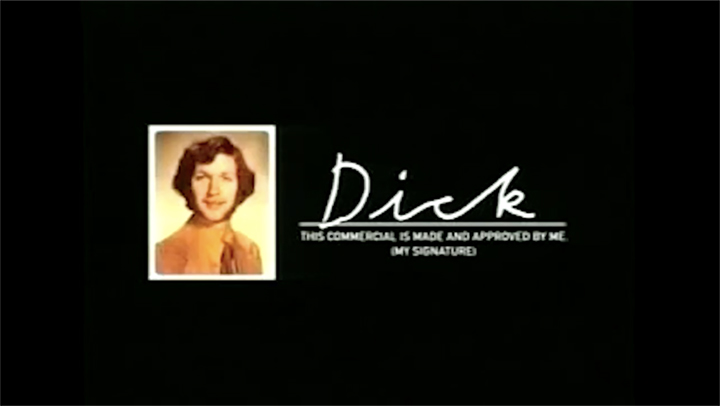
Got an undergrad degree?
You’re unlikely to get into either a (good) Advertising Portfolio School or Masters Program without one. Your degree doesn’t necessarily need to be focused on advertising, marketing or communications, but in a competitive entry situation, your background and your personal story is the greatest asset you have.
This is less an issue for Portfolio Schools. They typically require an undergraduate degree to make sure the student has the maturity to deal with the effort required to succeed at the program. Portfolio Schools are typically easier to get into as well. They don’t run to a typical academic calendar like you would see in a college. Therefore they have more student intakes a year (typically four), which means that even the best portfolio schools are keen to fill their seats.
An undergraduate degree isn't enough?
Only if you managed to do something amazing when you were there. The typical undergraduate program approaches advertising broadly, not creatively. But never say never. If you enter a student competition as an undergraduate and do well with a great idea, you definitely have a shot.
Remember, your undergraduate folio is being benchmarked against graduate and portfolio school books. Your one amazing idea against the 8 or 9 they’ve polished for a long, long time. You are creative though, and there is always a creative way to present your story to people that are hiring.
The truth is, your undergraduate portfolio is probably not as good as you think it is. Portfolio school and Masters degree graduates have books that are lightyears ahead of undergraduates. Is this true all the time? No. But it usually is.
Art Directors might find it easier to enter the industry as undergraduates than copywriters. If you are able to demonstrate conceptual ability alongside a beautifully presented portfolio, your craft skills may help you make the leap earlier.
Is portfolio school or masters worth it?
Absolutely. The year or two you put into an advertising school program will set you up to thrive in the industry.
Both portfolio schools and masters programs host industry portfolio reviews where you get the opportunity to show your work to creative directors looking to hire. There’s the fabled time Dan Weiden gave a guest talk at The Creative Circus (edit: Creative Circus is closing down 2023) and walked away with a creative team. Hired on the spot.
Opportunities like these only happen if you’re in the right place. And the right place is ad school.
But you will be wasting your time if you don’t fully commit. Once you are accepted, really, really go for it. Take advantage of all the resources available. Be curious. Ask lots of questions. Impress your teachers.
Going to any of these programs doesn’t mean you’ll easily be recruited by any big agency. It’s the work that you put into your portfolio that will get you recruited. There are plenty of flops that come out of every portfolio school. So to be frank—you get out of it what you put into it.
You are judged on the results. A ho-hum portfolio will be treated with the same ho-hum respect, no matter where it was put together.
Why you should choose Portfolio School instead of a Grad Degree
Focus
Advertising is a profession where your Portfolio rules supreme. No one cares about your GPA or attendance record. Portfolio schools do exactly what they say on the can. They work on your portfolio. You’ll be given brief after brief to answer until you start producing strong ideas in response to them.
You’ll be instructed by experienced creatives who have gone through exactly what you are and have come through the other side.
They’ll notice weaknesses in your portfolio, help you balance your portfolio to strike the right combination of ideas and craft, and coach you to get the best from your ideas.
Great for both Copywriters and Art Directors
Writers and art directors both need portfolios. So portfolio schools do all they can to cater for both.
You’ll be paired with different people who are trying to do their best work, too. You might even find a partner to pair up with more permanently. Fall in creative love. That would be the ideal result. After all, it’s often easier to hire a ready-made team than to risk matching up two strangers who may or may not gel.

Portfolio Schools make great introductions
Portfolio Schools treasure their alumni, and follow them closely through their careers. They will regularly invite them back for portfolio reviews, talks and seminars. Several will also maintain an active jobs board as well.
One of the greatest opportunities portfolio schools afford is to work with you to enter student creative competitions such as D&AD New Blood Awards, The Young Ones Awards, or the Young Lions at Cannes.
The top Portfolio Schools typically dominate these awards, which speaks highly to the quality of their institutions. Work that makes the cut at these competitions will be noticed, and will be a compelling calling card when you are looking for a prestigious ad agency internship or a junior role at a top agency. And you bet they’ll let their alumni know about your success as well.
Less expensive. But still expensive.
Portfolio schools are typically less expensive than Masters Programs. They are businesses, remember. And that’s where they fit in the market for Advertising Schools. They are the mid-range option. They don’t have any large college endowments to pay for swimming pools and gymnasiums.
They strip away the fat. They get you in. Provide you with the most important stuff you need to reach your goals. And then they get you out typically a semester or two faster than an Advertising Master’s Degree.
The larger portfolio schools such as the Miami Ad School and The Creative Circus have intakes every quarter, so there is no need to wait as long to be enrolled as at a graduate program.
Still, don’t think that it’s cheap. It is still a lot of money to invest in your future, so if you choose to go this path – make the most of it. This is your big chance to find your greatness at a Portfolio School.
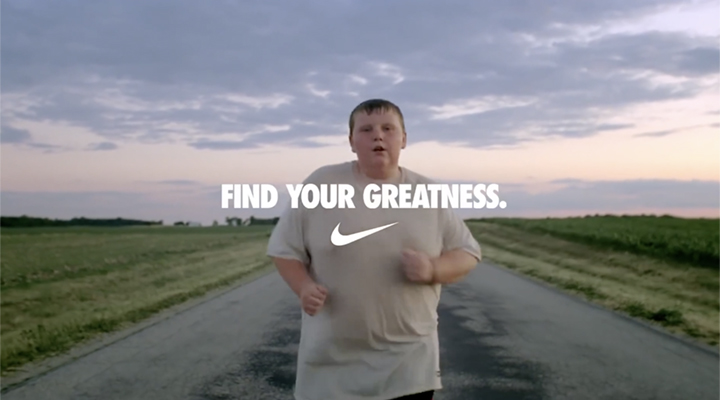
Why you shouldn't go to Portfolio School
Less business foundation
Like it not, advertising is a business. More specifically, it’s a service business. Your value as an advertising create is superficially based on generating compelling ideas. But at a deeper level, you build greater value for yourself by being valued by the agency’s clients. And that comes from an understanding of their business environment, an appreciation of their market strategy, and an ability to talk intelligently about ideas in the context of their business situation.
When considering whether to go to an advertising Portfolio School or Masters Program, remember that Portfolio schools are focused on the Portfolio alone. Which is great for getting a first job. But if you want to get promoted, you’re going to need more than great ideas. You need the business grounding to make you an effective advocate for creative ideas to skeptical clients. True, perhaps you can learn this on the job. You’re at point one. Progression from here on is up to you.

Drop out rates
Most Advertising Portfolio Schools have four intakes a year. (Spring, Summer, Winter and Fall). Which means they need to be constantly enrolling all year round.
Some seasons will have higher demand, and they’ll only admit the best applicants to their programs. But other seasons might not be as popular. So, not only will they admit every single person that applied for that intake, their admissions officers will typically reach out to previously rejected applicants to see if they’re still interested as well.
They are a business, remember. An empty seat at the start of a term costs them money.
When the quality of a class is low, the drop out rate will skyrocket. Perhaps this won’t concern you. If you are tackling the briefs with gusto and making the most of the opportunity, you might even see it as a good thing. You can have more time with your tutors and be more visible.
However, what that attitude fails to understand is that in an ideal situation you will learn just as much – if not more – from your classmates. They will approach problems from different angles. They will expose you to different influences and styles of working.
If you ask them directly, Advertising Portfolio Schools will be cagey about their drop-out rate. It usually isn’t flattering.
Portfolio School placement rates
Many portfolio schools will boast incredibly high statistics showing their graduates in high demand.
However, this is often a statistical trick. Portfolio schools typically have a high drop-out rate. So yes, they can have a very high placement rate of people who FINISH the program, but the placement rate of people who START the program is often much lower.
There is a silver lining here. It proves that graduation is only given to students that have truly earned it. This maintains the reputation of the school. So if you are one of those that have managed to complete the course, you are certainly very employable and your portfolio will be something both you and the portfolio school would be proud of.
Why you should go to a Masters Program instead of Portfolio School
The surface difference between grad schools and portfolio schools is that grad schools are accredited universities where you earn a master’s degree, whereas portfolio schools help you build a portfolio but you won’t earn a degree.
The degree very little influence on hiring. It is 100% about the work in your student portfolio. However, there are some benefits to getting that piece of paper. If you manage to be accepted, that is.
More competitive entry
Particularly the top programs like VCU Brandcenter and the Stan Richards Program at University of Texas. The reason is that the coursework, the facilities and the results are amazing. Your classmates are guaranteed to be extremely motivated and highly intelligent. As well, the rigorous academic approach means that graduates are better versed at strategy and similar subjects that are needed for advancement within an agency. At top graduate programs, as well as training to become a junior creative you’re gaining the skills to work your way up to becoming a creative director.
The demand for students at VCU Brandcenter, for example, is off the charts. Last year, 86% of students had one or more job offers BEFORE graduation. Many of these come from the incredible internship programs that these schools provide with some of the best agencies in the country. Agencies actually apply to accept interns from many of these schools. A graduate program can be a great place to find your greatness.
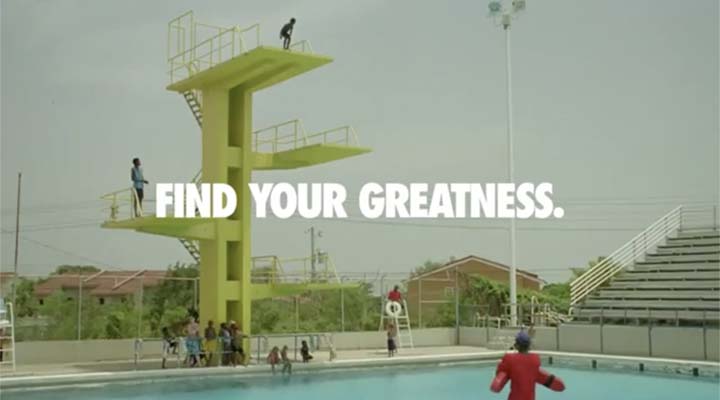
Better strategy and business foundations
Masters programs are longer. They take the time to ensure their students develop the intellectual rigor to understand the context of their work on their client’s performance. They do this without sacrificing creative work either. Students at Master’s programs will work on as many, if not more, creative briefs as a portfolio school.
Honestly, this won’t make much of a difference to you getting your first job. But it will help you progress inside a creative department. You will be equipped with the skills to take part in higher level discussions about brand strategy. They are skills that creative directors need.
More committed students
The drop out rate at graduate creative advertising courses is much lower. The people who apply aren’t dabblers. They are aware of the committment they are making both of their time as well as financially. Your student class will be filled with smart, motivated and inspiring people.
Not only will it rub off on you. It should rub off on your portfolio as well.
Easier to work internationally
Working internationally as a creative is a legitimate strategy to accelerate your career. And it’s not just about different foods and cultures.
It can be difficult to get your ideas produced in the large advertising hubs in the United States. There are just so many creatives at each agency wanting to get that project, and it will never be given to a junior team. You just don’t have the experience to be trusted with these large projects.
However, smaller advertising markets are often more nimble, with more opportunities to produce real work, sooner. Australia, New Zealand, Singapore and the Netherlands are fantastic for English speakers. But if you have another language as well, you’d be crazy not to take full advantage, and live the language.
The benefit of the Masters degree will be your ability to have a visa approved to work overseas. Applicants with higher tertiary qualifications always have an easier time with immigration.
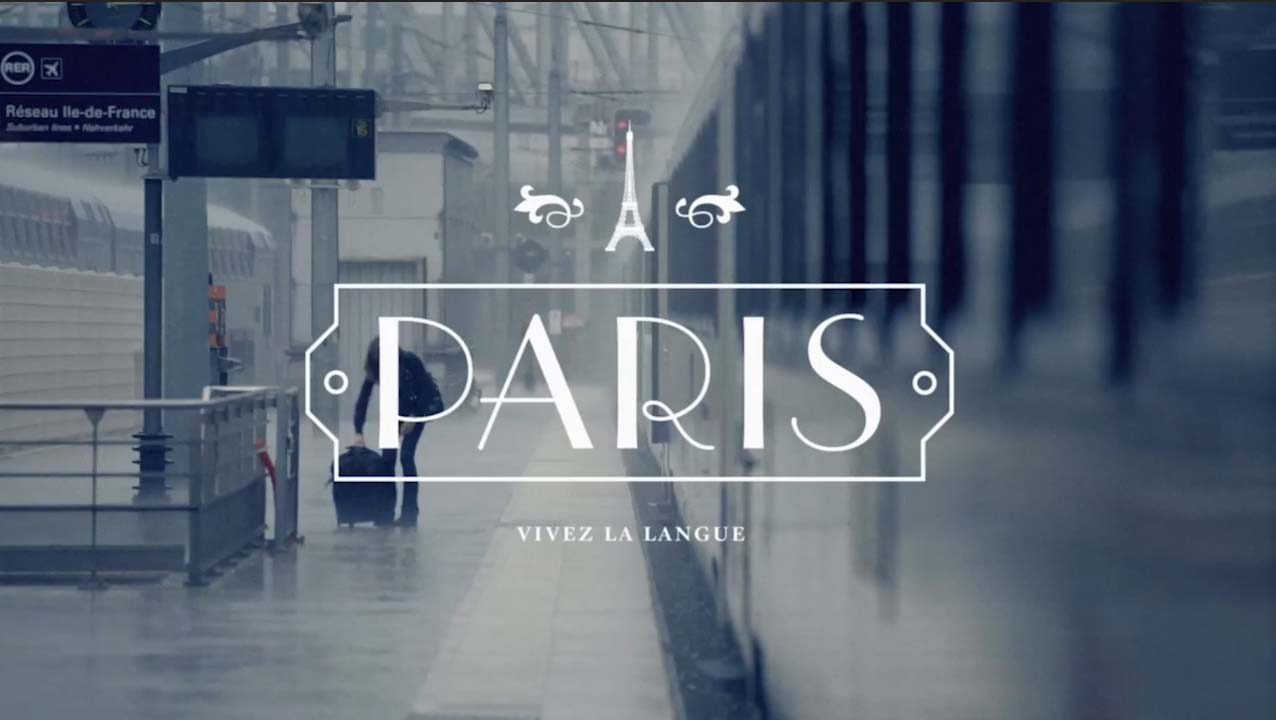
Why a Masters Program might be unnecessary
You can learn the additional skills yourself
There are dozens, if not hundreds of books easily available that will teach you everything you everything you need to know about the advertising business and the finer points of advertising strategy.
It comes down to developing a life-long learning habit. In the same way as you need to keep improving your craft skills as either a copywriter or art director, you need to work to fill gaps in your knowledge. I firmly believe that you should start your ad career with that attitude that one day you will own your own agency. To do this, you have to have a solid understanding of everything that goes on. Not only strategy, but media, accounts, human resources and so on.
All it takes is insatiable curiosity, and the discipline to read (and really internalise the lessons of) a book on our list every few weeks.
More money, more time
You already have an undergraduate degree and the debt that brings. So you might ask yourself: is an advertising portolio school or masters degree worth the extra time and expense? The Portfolio School will have you interviewing for real jobs two or even three semesters earlier. They also tend to be a little cheaper per semester, so a good rule of thumb is to assume that a portfolio school will cost about half of a masters degree. It’s not as though you have money coming out of the wazoo, after all.
Art Directors aren’t catered to as well as Copywriters
Of course, this isn’t the case for every master’s degree, but the typical program won’t do much to improve your Art Direction craft. Though your conceptual skills will go through the roof.
As long as you are aware of this and work diligently on improving your craft skills outside the confines of the masters degree, this might not worry you so much.
What's the best advertising portfolio school or Masters degree?
What’s best for YOU is the real question
Create a shortlist of schools and, if you can, go visit them. Some might even allow you to sit in on a class. Get a feel for the vibe of the place, ask lots of questions about the course and where graduates are working now. Many have excellent tours on zoom or online videos you can watch.
We’ve created a guide to all the advertising school options in the USA and Canada (if you’re the adventurous type, the European version will be available soon too). It’s a comprehensive e-Book of more than 200 pages, covering all the undergraduate, graduate, portfolio school and night school options available. It’s updated every six months to ensure you are getting the best, most timely information.
We’re super proud of the Ad School Buddy. We put a lot of work into it to make sure it’s by far the best resource for students wanting to get into a top tier creative department. Is a job as an advertising creative the best job in the world? Maybe not. But it’s what I love doing.
Good luck!
We’ve written a separate article here giving you some structure about how to choose. Everyone’s circumstances are different, but as you start to whittle down your choices, here’s two final pieces of advice.
1. Really do your homework. Ask to speak to students and teachers. Try to get a feel for which school on your short list best suits your needs and expectations.
2. Put your choice of city way down low on your list. In programs as intense as Advertising Portfolio Schools and Masters programs, it’s not like you spend a whole lot of time out in the city anyway. Spend one or two years putting together the best book in the world. Then move to whatever city you want.
See you in Cannes!
Things to do
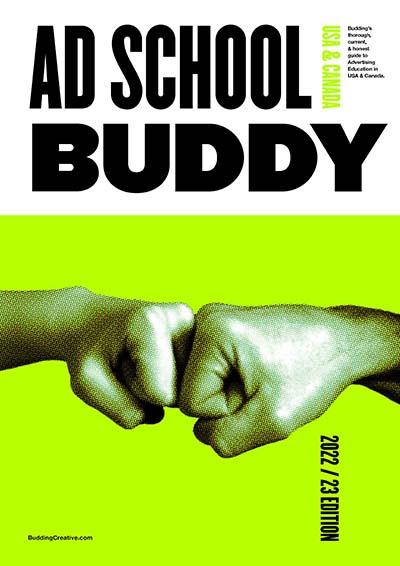
The Ad School Buddy
The complete guide. Undergrad, portfolio, grad, incubators and more.
More Articles
The Ad School Buddy
To make it as a professional ad creative, your choice of school is key. This is the most comprehensive guide to creative education in North America by far.






